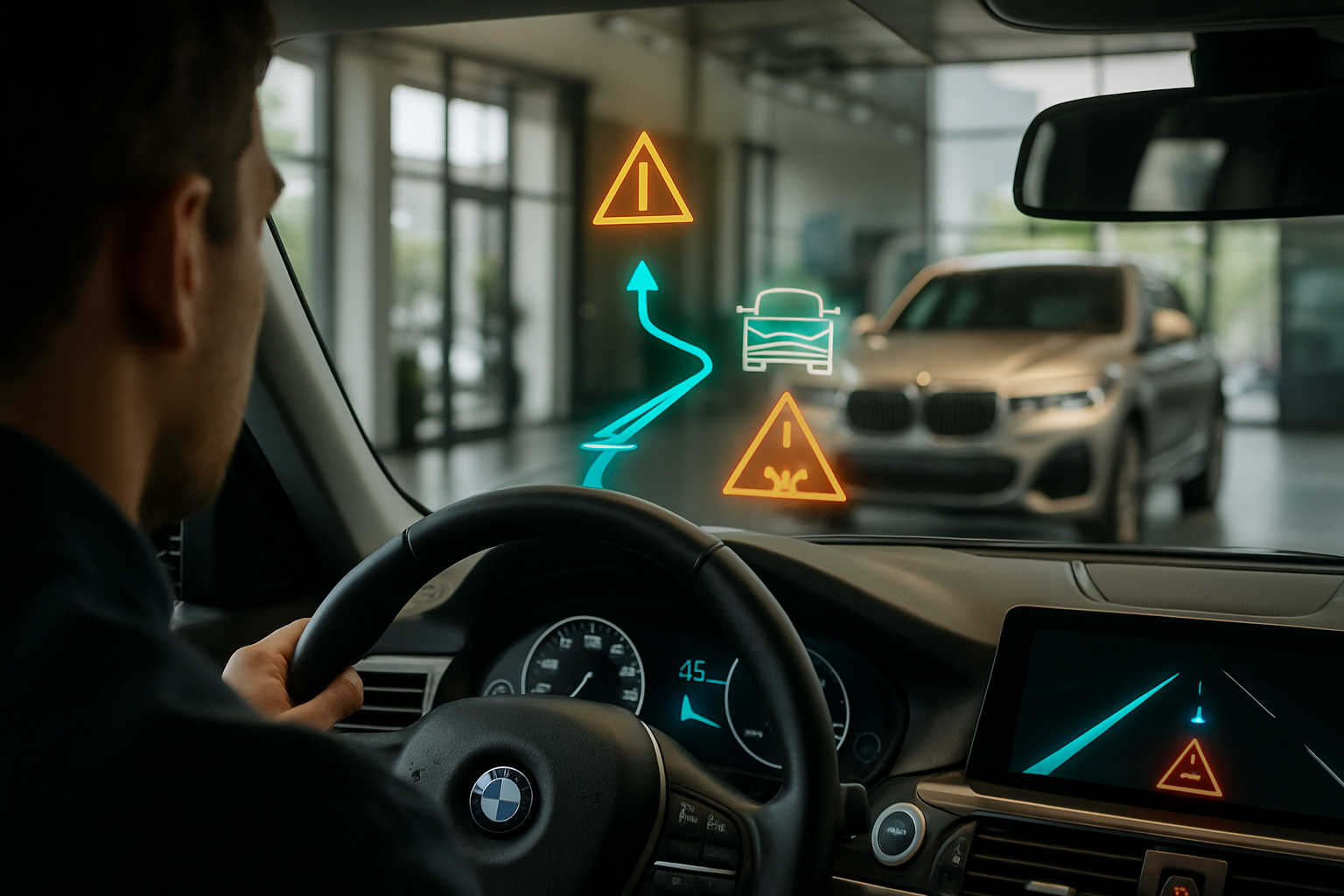The Renaissance of Rotary Engines: A New Spin on an Old Concept
The automotive industry is abuzz with the revival of a unique technology: the rotary engine. Once a dismissed idea, rotary engines are on a comeback trail with the potential to revolutionize the industry. But what exactly are these engines, and why are they making a significant return?

The Genesis of Rotary Engines
The rotary engine, also known as the Wankel engine, was born out of a desire for simplicity and efficiency. Invented by Felix Wankel in 1951, it was a radical departure from the conventional piston engine. Instead of reciprocating pistons, the rotary engine utilized a triangular rotor that moved in an epitrochoid, or oval-like path. This unique design allowed for fewer moving parts, making the engine compact, lightweight, and smooth-running. Despite these advantages, the engine faced numerous challenges, such as poor fuel economy and high emissions, which led to its decline in the late 20th century.
The Rebirth of the Rotary: Why Now?
The new wave of interest in rotary engines is largely driven by the need for lighter, more efficient power sources. Rotary engines, with their compact design and minimal moving parts, are ideal for applications where weight and size matter significantly. One such application is in range-extender systems for electric vehicles. Despite electric vehicles being off the list, it’s important to note that rotary engines are not the primary source of power in these systems but serve as generators to recharge the batteries, making their impact on fuel efficiency and emissions much less of an issue than in traditional applications.
The Pros and Cons of Rotary Engines
The re-emergence of rotary engines has reignited discussions about their benefits and drawbacks. On the plus side, these engines are incredibly smooth and quiet due to the lack of reciprocating parts, offering a unique driving experience. Their compact and lightweight nature also allows for innovative packaging solutions, opening possibilities for unique vehicle design. However, the challenges that plagued the rotary engine in the past, such as high fuel consumption and emissions, remain relevant today. Modern engineering and materials might mitigate these issues, but the question of whether they can be fully resolved remains.
The Future of Rotary Engines
Given the renewed interest and the potential applications for rotary engines, we may see more of these unique powerplants in the future. While they may not become mainstream, they could carve out a niche in specific applications where their unique characteristics come into play. As automotive engineers continue to push the boundaries of what’s possible, the rotary engine’s story serves as a reminder that sometimes, the best way forward is to revisit the past.
In conclusion, the renaissance of the rotary engine is a fascinating chapter in the ever-evolving narrative of the automotive industry. The journey of this unique technology, from its initial conception to its decline and resurgence, is a testament to the industry’s relentless pursuit of innovation and efficiency. As we gear up for another exciting era of automotive advancements, the rotary engine stands as a symbol of the industry’s capacity for reinvention and resilience.




